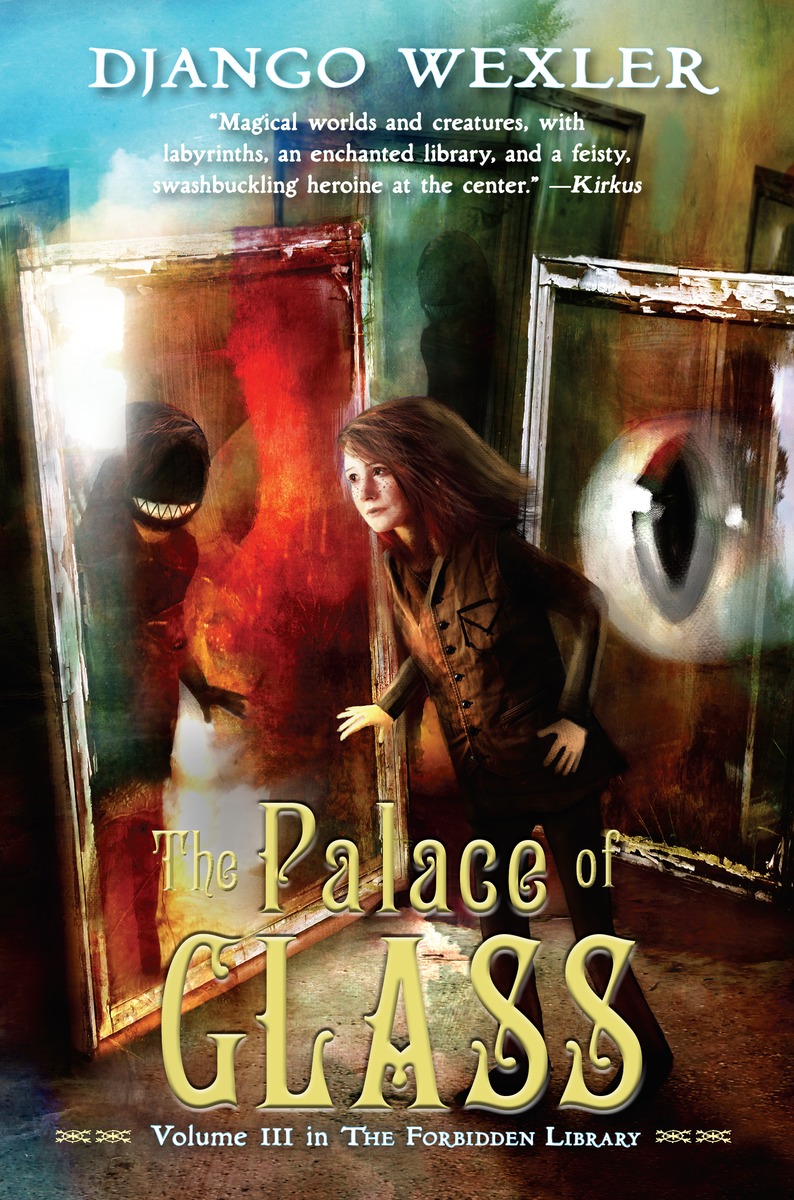
It’s a highly nuanced historical novel with characters I felt sad to leave behind. It’s wonderfully detailed about the history, politics and chaos in Burma, Siam and Malaysia, and of course, the impacts of British colonialism in these areas.Īs we approached WWII, I felt the novel was beginning to drag a bit – but then the war begins and Burmese soldiers who have finally been allowed to fight proudly for India in the British army, are now faced with the choice of continuing to fight for the oppressor Britain, or fight with the Japanese soldiers against Britain. So begins a historical fiction lasting through the generations and World War II. The Fox opened on Christmas Day in 1929 to a sold-out crowd, premiering Steamboat Willie, Disney’s first cartoon starring Mickey Mouse. Dolly went with the royal family into exile and Rajkumar kept the promise he made to himself. Unknown to Dolly, Raj vowed to become rich and then find her. During the subsequent looting of the palace a young homeless orphan named Rajkumar saw a breathtakingly beautiful young servant girl named Dolly. Meenakishi Mukherjee, “Of Love, War and Empire” Indian Review Books, 1885, Great Britain deposed the king of Burma and sent him into exile in India. Mahanata N.R., “History in Respect: Amitav Ghosh’s The Glass Palace” Literary Criterion.

(New Delhi: Cambridge University Press, Pvt. perspective is the realization that To overemphasize indigenity is to lapse into a febrile. Amitav Ghosh: Contemporary Indian Writers in English. In The Glass Palace what finds more relevance and acceptance in the postcolonial. The structure was taken down and rebuilt (185254) at Sydenham Hill (now in the borough of Bromley ), at which site it survived until 1936. Translating loss: Place and Language in Amitav Ghosh and Salman Rushdie. The glass palace of his title, it turns out, indicates both the magnificent hall of mirrors which forms the centre-piece of the Mandalay residence of. Crystal Palace, giant glass-and-iron exhibition hall in Hyde Park, London, that housed the Great Exhibition of 1851. (New Delhi: Pencraft International, 2003).Ĭhaudhuri, S (2010). “Introduction” Amitav Ghosh: Critical Perspectives. Amitav Ghosh: A Critical Companion, Edited by Tabish Khair, (New Delhi: Permanent Black, 2003).īose, Brinda. “Amitav Ghosh’s The Glass Palace: The Road from Mandalay Reflections”. London Magazine, Aug/Sep, 1997.īhaya, Rukmini Nair. John C Hawley, Contemporary Indian Writers in English: Amitav Ghosh, (New Delhi: Cambridge University Press India Pvt.Ltd., 2005).īasu, Ranjit. , “Tibrtan Dinner” The Imam and the Indian: Prose Pieces (New Delhi: Ravi Dayal, 2002).

Amitav Ghosh, The Glass Palace, (New Delhi: Ravi Dayal, 2000).


 0 kommentar(er)
0 kommentar(er)
